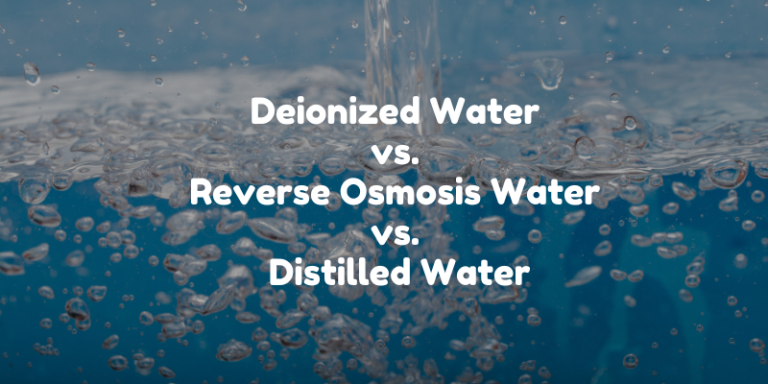Types of Water Used in Pharmaceutical Industry
A. Bulk Forms: which are typically produced on site where they are used.
a. Purified Water (PW): Typically processed through 2 stages that treat the feed water:
1. Pretreatment which modifies the water quality to reduce or eliminate: suspended solids, hardness, metals, organics/TOC, fouling/scaling of downstream components, and disinfectants (chlorine/chloramines) that can be harmful to downstream unit operations.
2. final treatment, where most modern systems include pretreated water entering reverse osmosis membranes before passing by Electrodeionization (EDI) module or other deionization process, which further polishes the water to lower the conductivity.
b. Water for Injection (WFI): typically processed through 2 stages:
1. MED Multiple effect distillation (utilizing higher temperatures)
2. RO Reverse Osmosis effectively removes dissolved ions, bacteria, viruses and suspended solids.
B. Packed Forms: which are produced, packaged & sterilized to preserve microbial quality throughout their packaged shelf life.
a. Sterile Water for Injection
b. Sterile Water for Irrigation
c. Sterile water for Inhalation
d. Sterile Purified Water
e. Bacteriostatic WFI
Standards of Purified Water & WFI as per USP & Ph.Eur. are compiled in the below table:

Read also:







